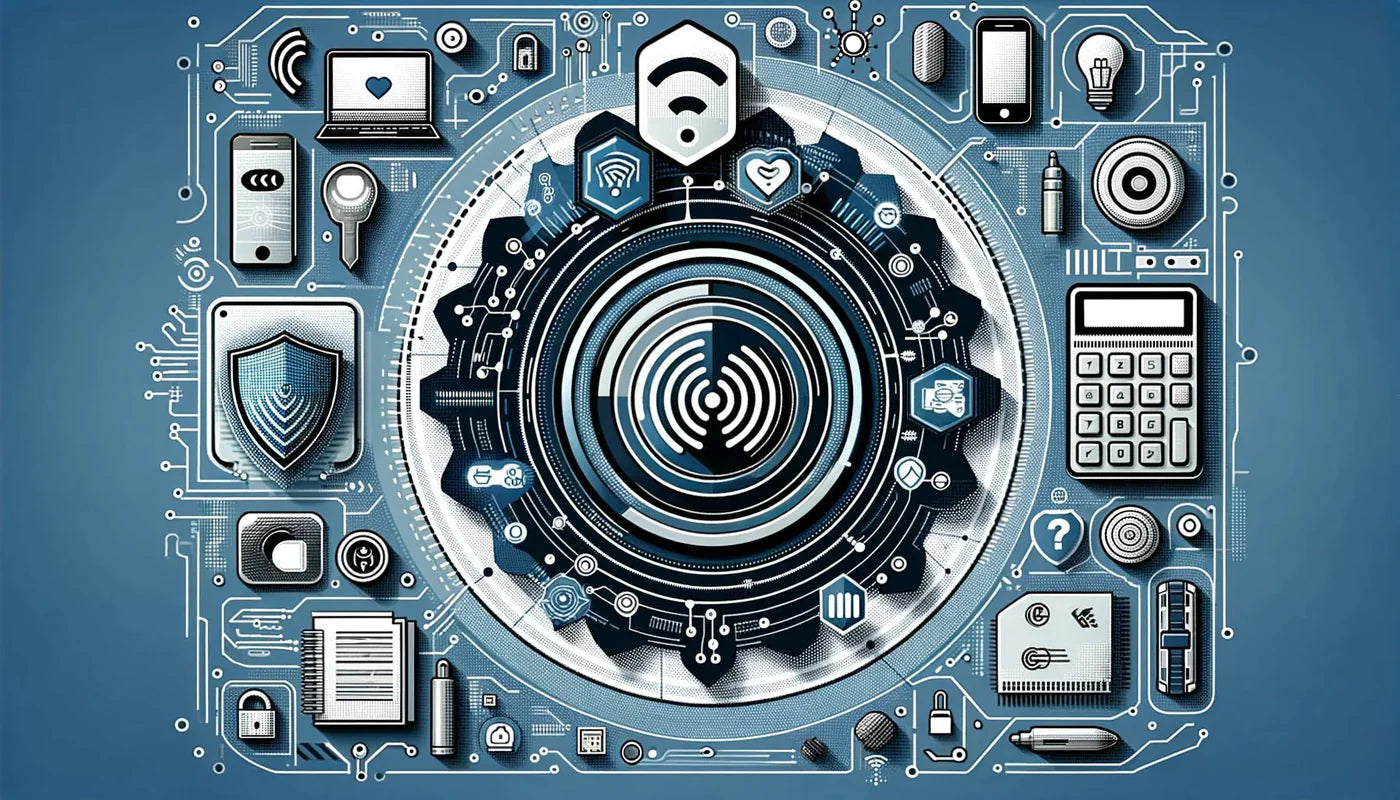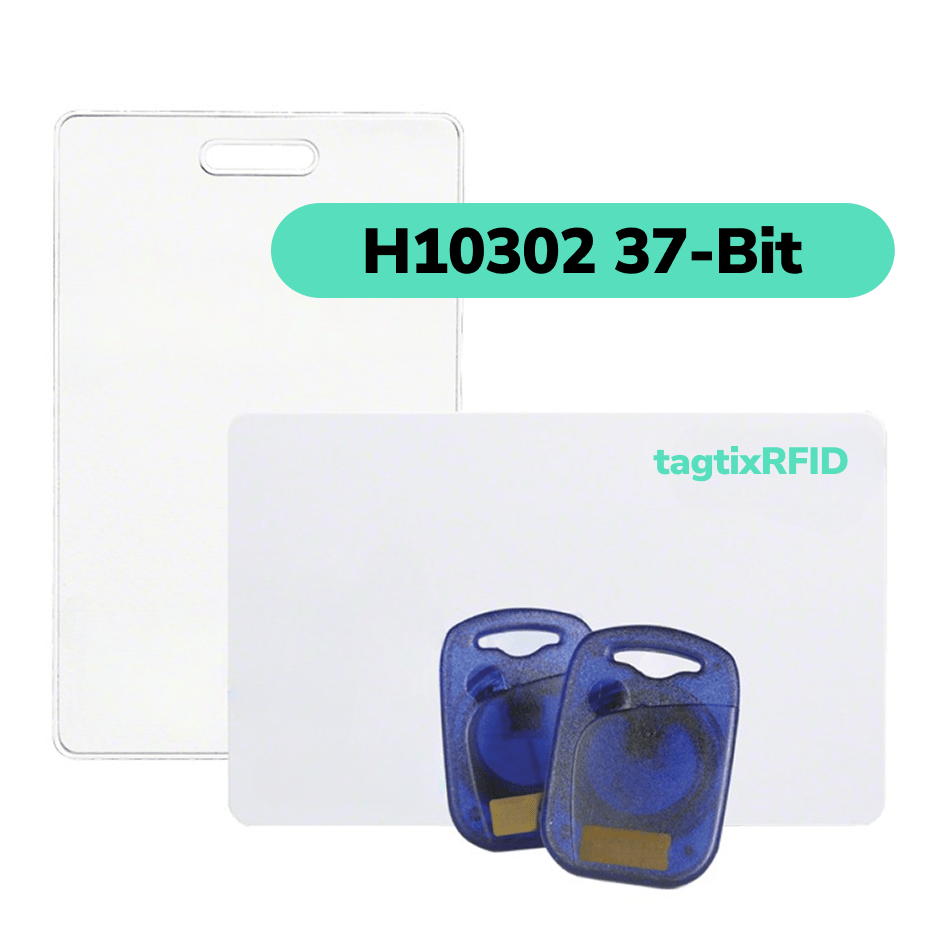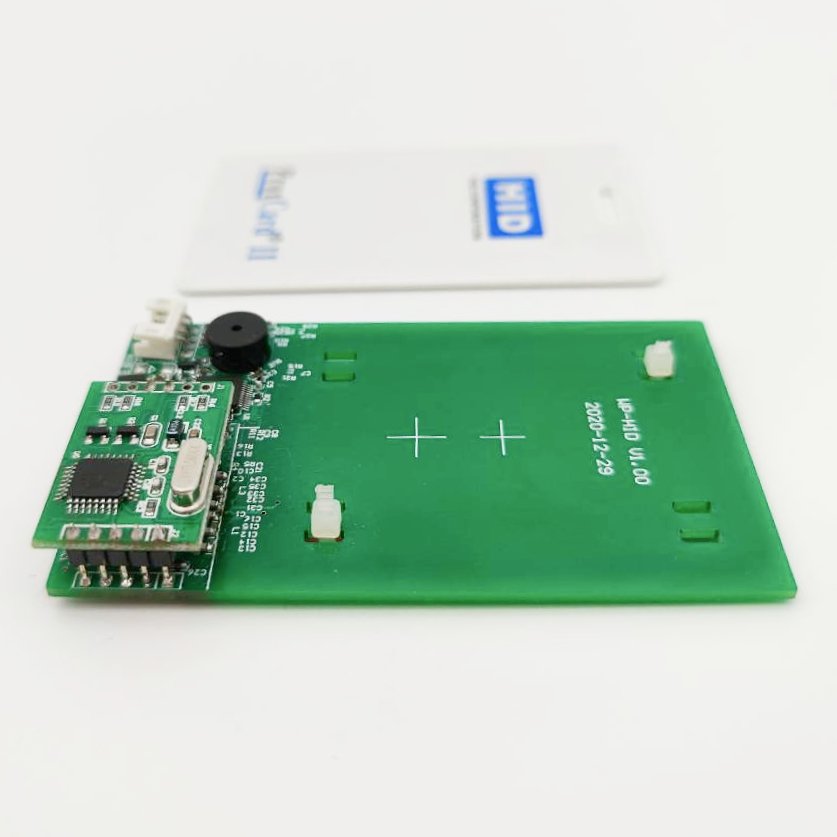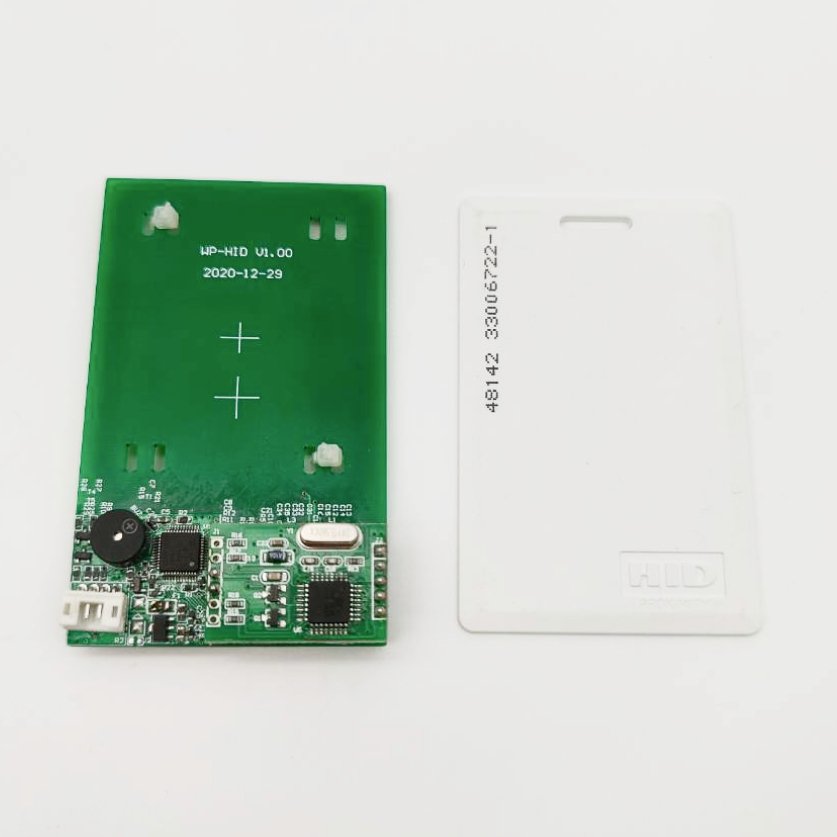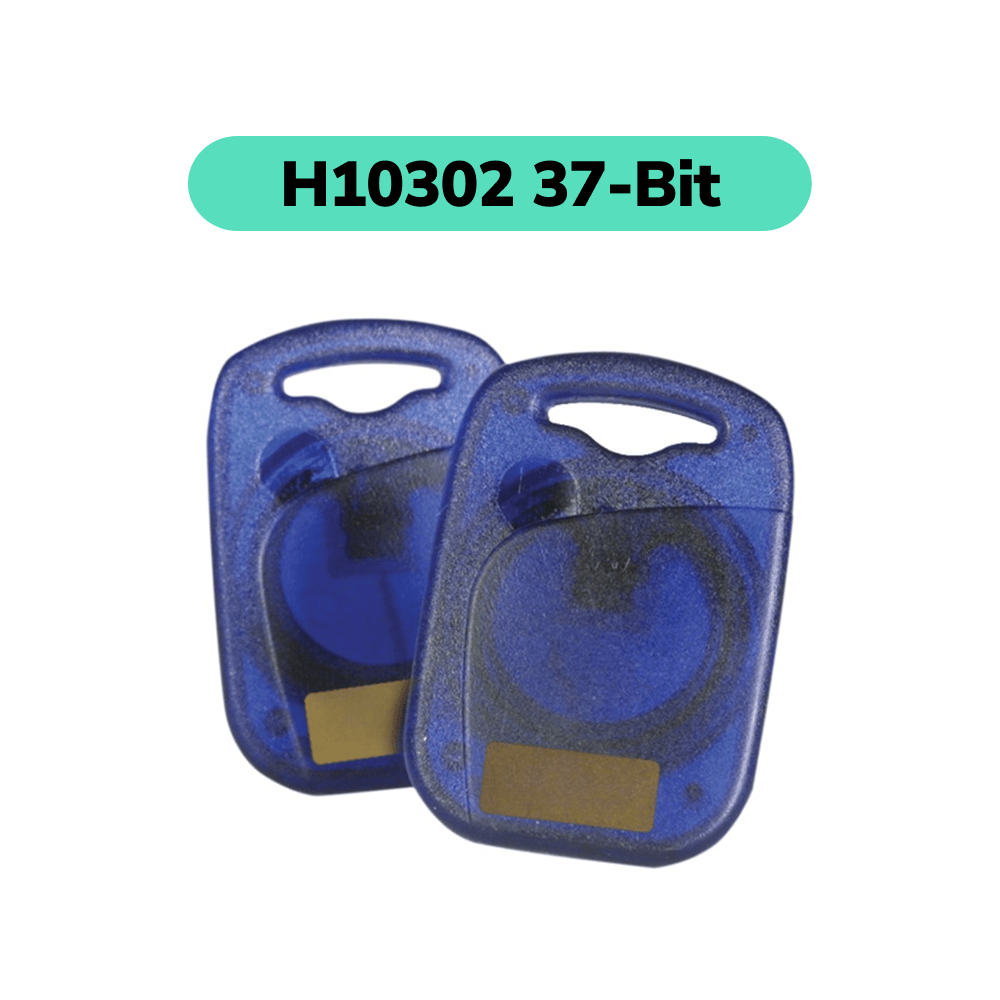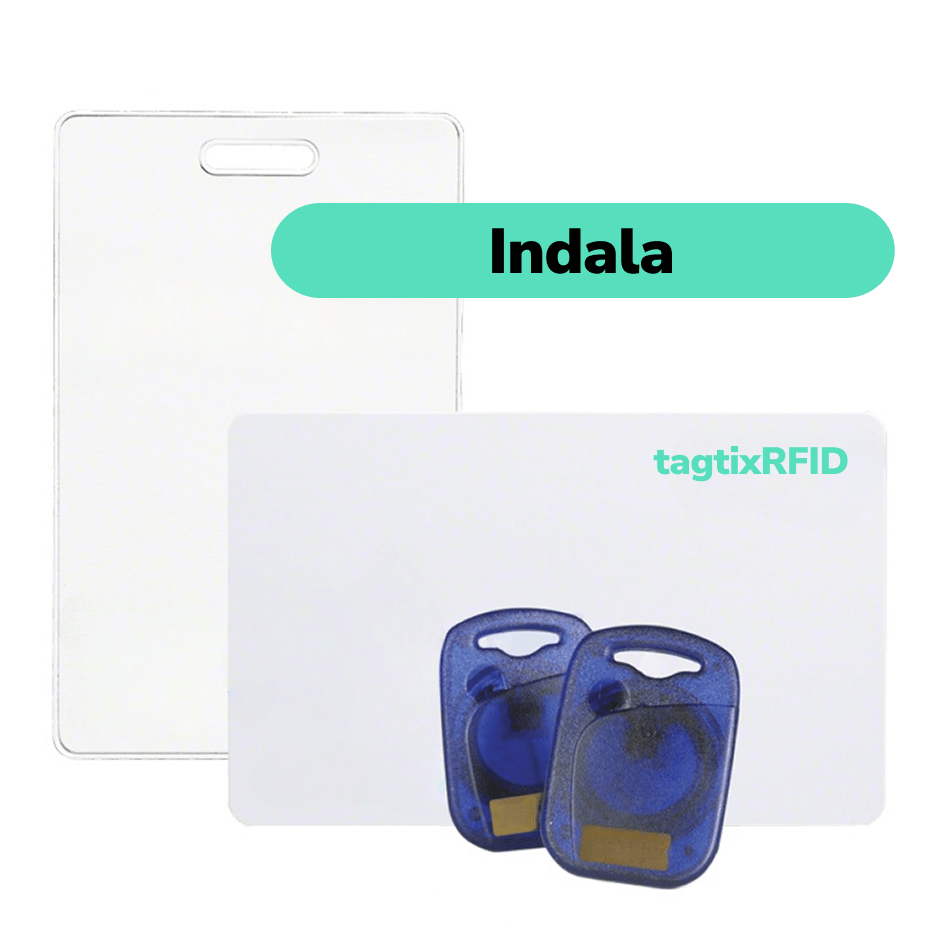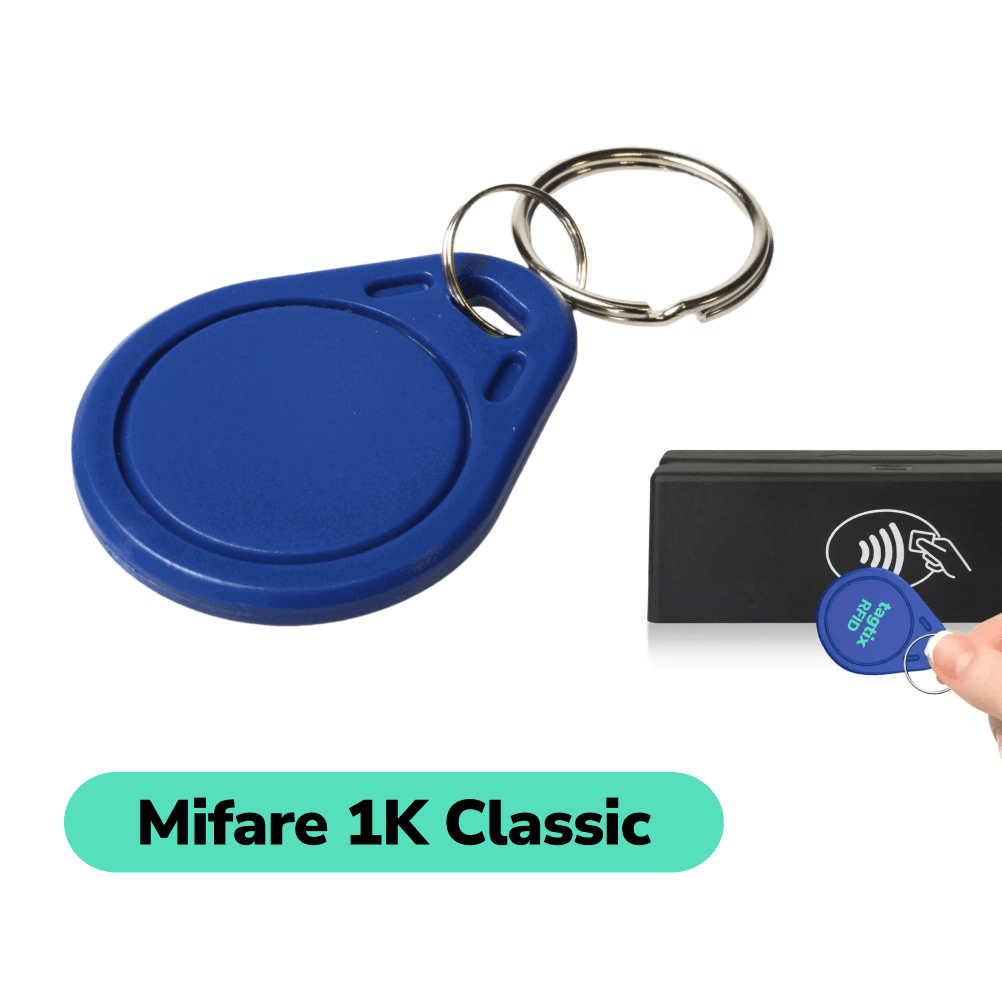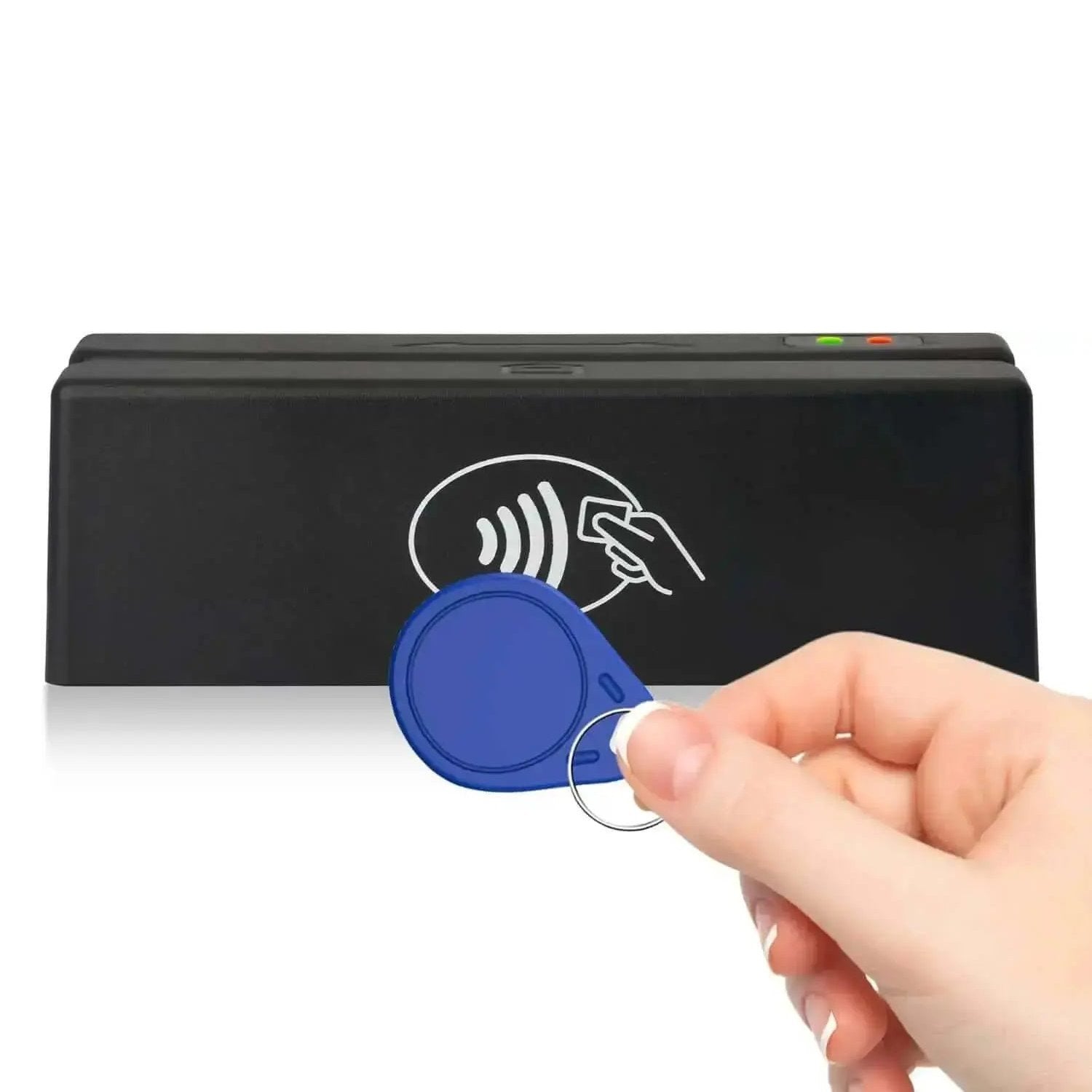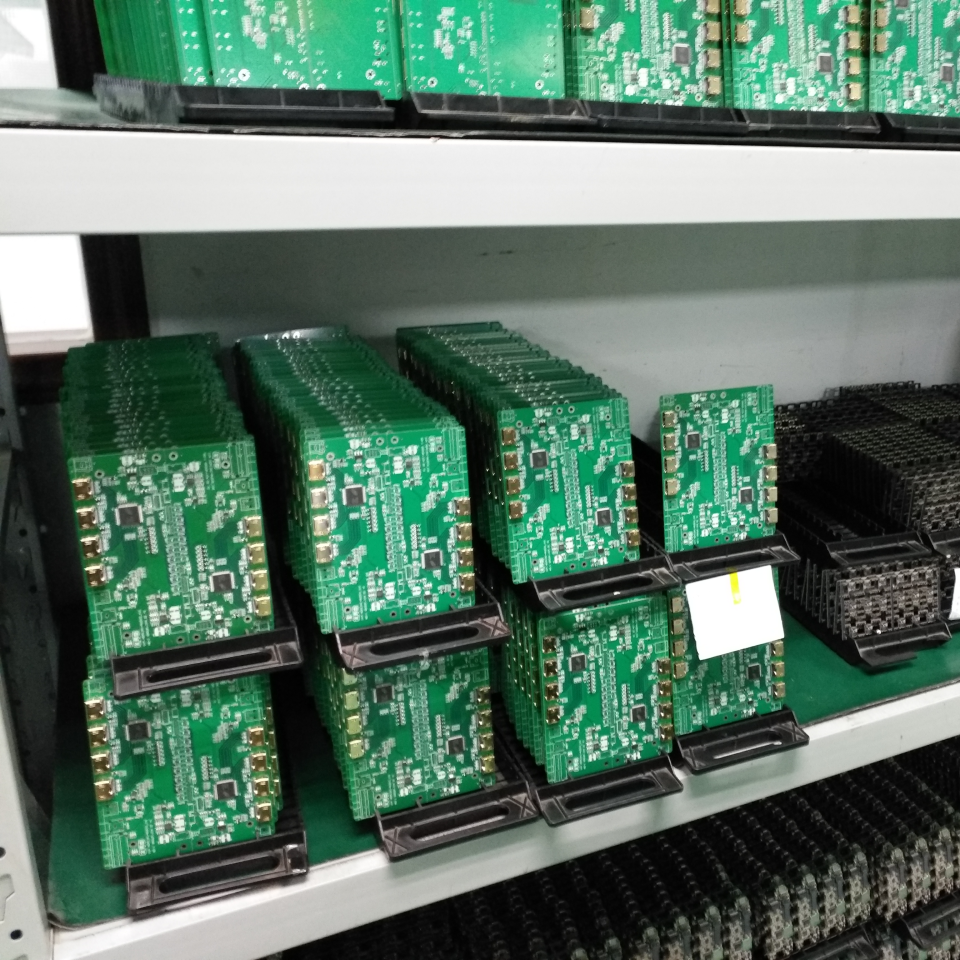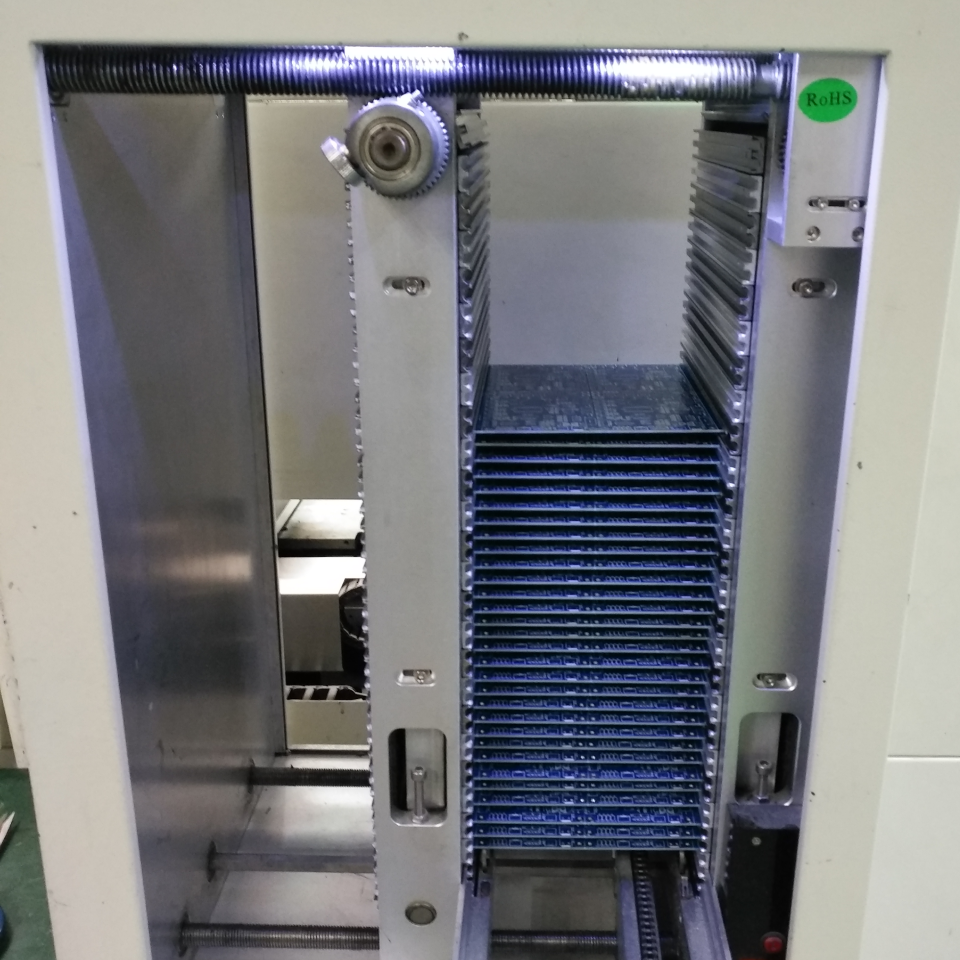What Are The Differences? RFID Cards vs HID vs Mifare vs Proximity Cards
Jawaban Cepat
What are the different types of RFID?
What is HID compared to RFID?
Are HID proximity cards RFID?
What is the difference between proximity and RFID?
What is the difference between NFC and HID?
Panduan Cepat: Apa Saja Perbedaannya?
RFID vs. Proximity
RFID
Kedekatan
LF: 120–135 kHz (contoh: HID Prox, EM)
HF: 13.56 MHz (contoh: MIFARE, iCLASS)
UHF: 860–960 MHz (RAIN RFID)
LF: 125 kHz (paling umum)
LF: hingga 6 kaki (1,8 meter)
HF: hingga 3 kaki (1 meter)
UHF: 25–33 kaki (7,5–10 meter) (dengan tag khusus: hingga 300+ kaki/91+ meter)
Biasanya 2–6 inci (5–15 cm), jarang mencapai 2 kaki (60 cm)
Membaca dan menulis (data dapat diperbarui atau diubah)
Hanya-baca (nomor ID tetap, tidak dapat diubah)
Kontrol akses, pembayaran, inventaris, pelacakan aset, absensi, e-paspor, perpustakaan
Kontrol akses, pembayaran, inventaris, pelacakan aset, absensi, e-paspor, perpustakaan
Tingkat Lanjut: enkripsi (AES, DES), otentikasi timbal balik, penyimpanan data aman
Terutama untuk kontrol akses sekali pakai
HF/UHF: kecepatan data 50–424 kbps (tergantung pada protokol dan jenis kartu)
Sangat cepat (hanya pemeriksaan ID, <100 ms tipikal)
MIFARE Classic, MIFARE DESFire, HID iCLASS, LEGIC, UHF EPC Gen2
HID Prox, EM Prox, AWID, Indala
Kartu HF/UHF: hingga 4 KB (kilobyte) atau lebih (misalnya, MIFARE DESFire EV2: hingga 8 KB)
24–40 bit (3–5 byte), biasanya hanya nomor ID
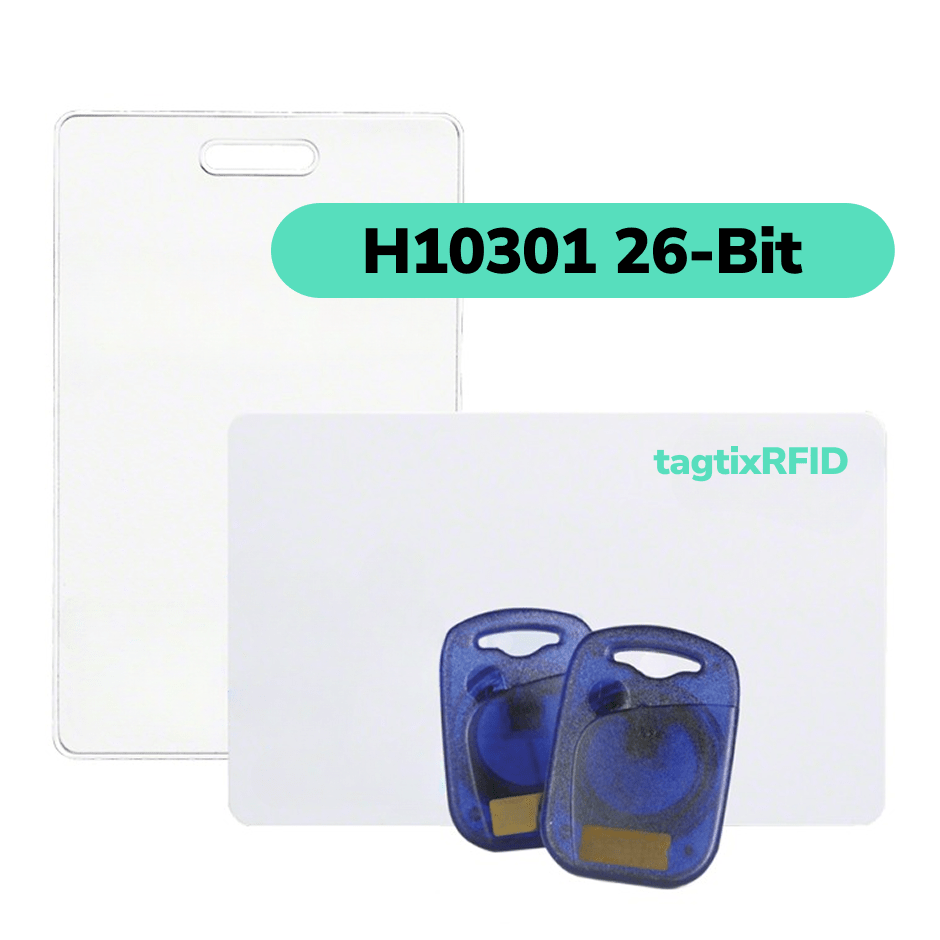
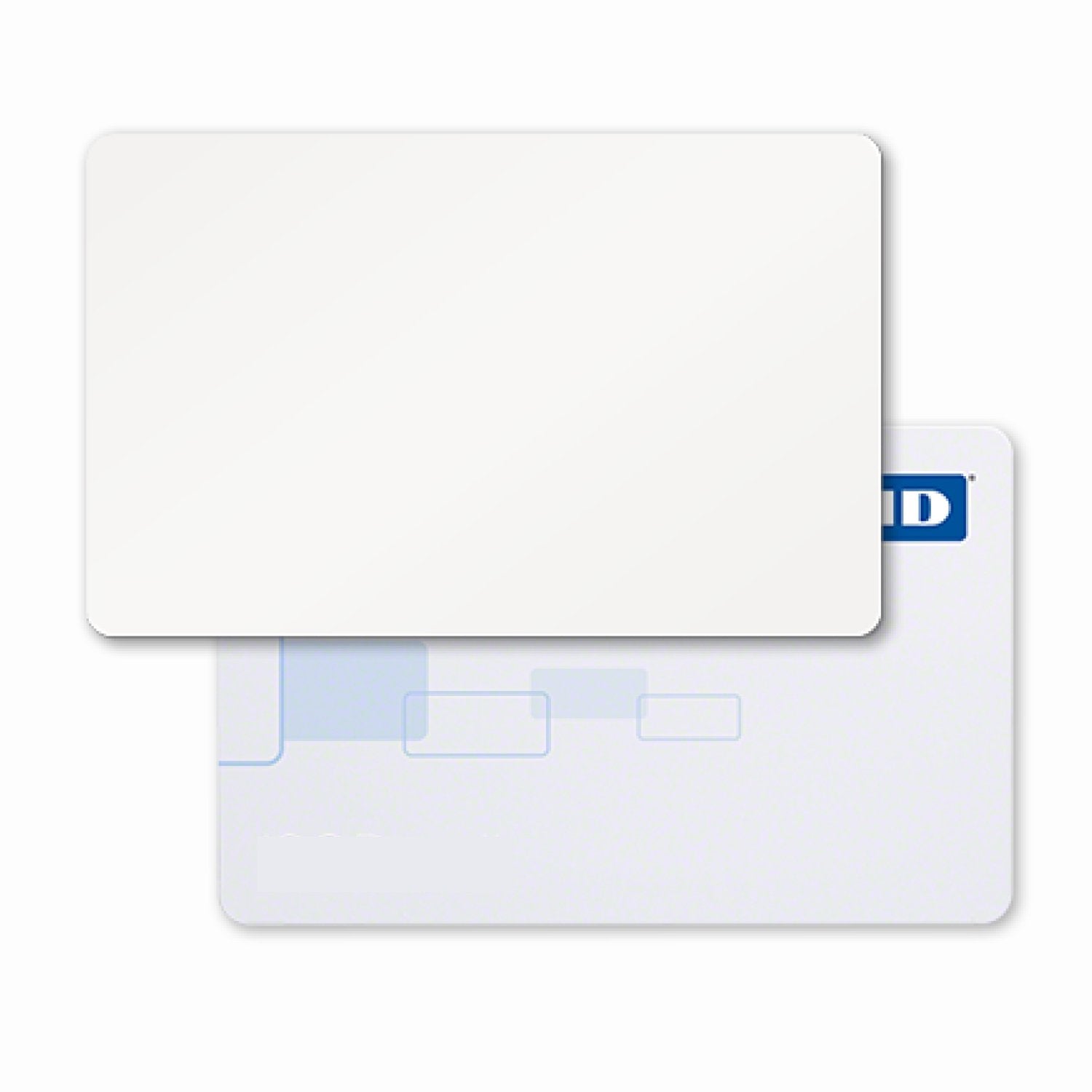
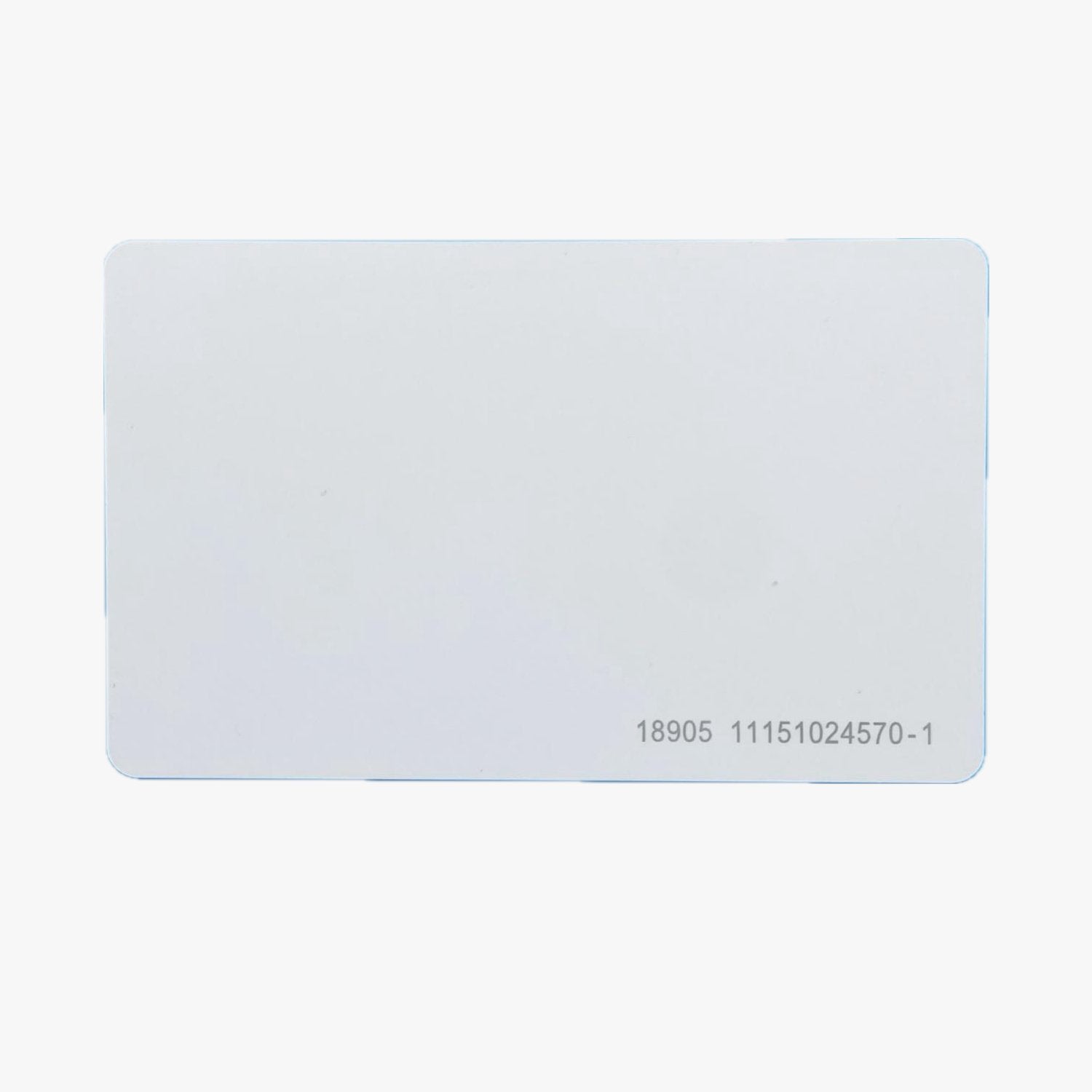
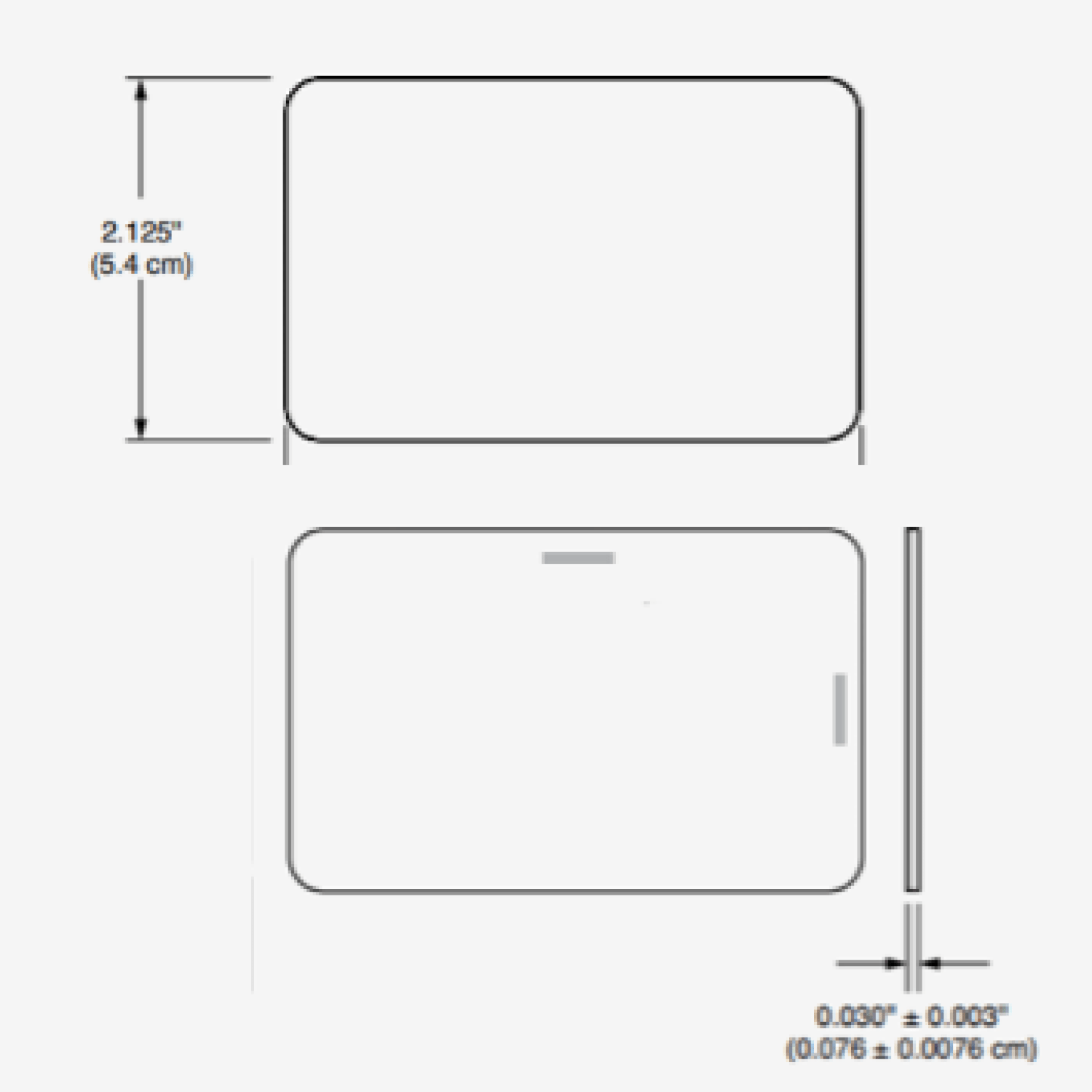
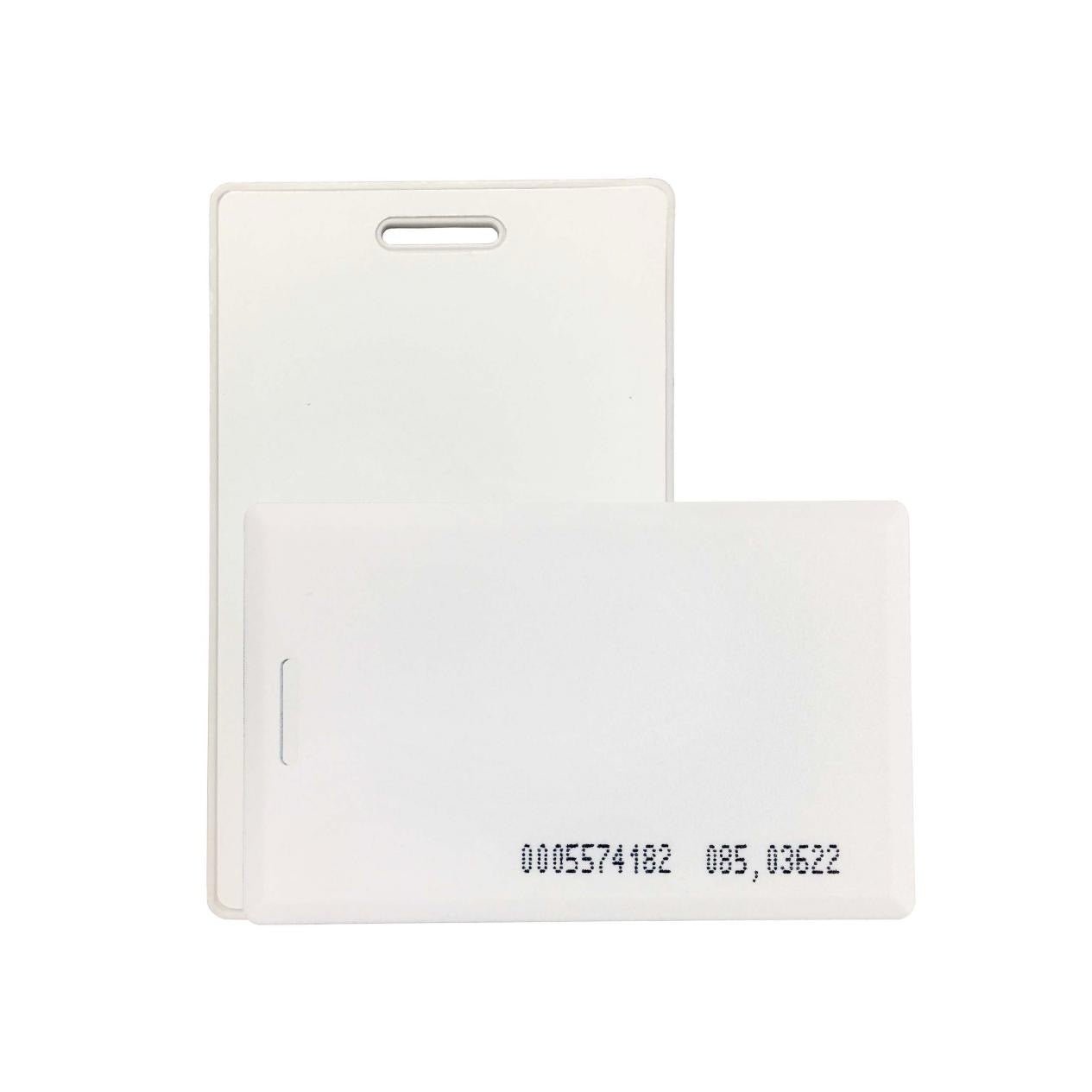
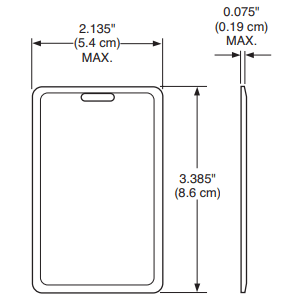
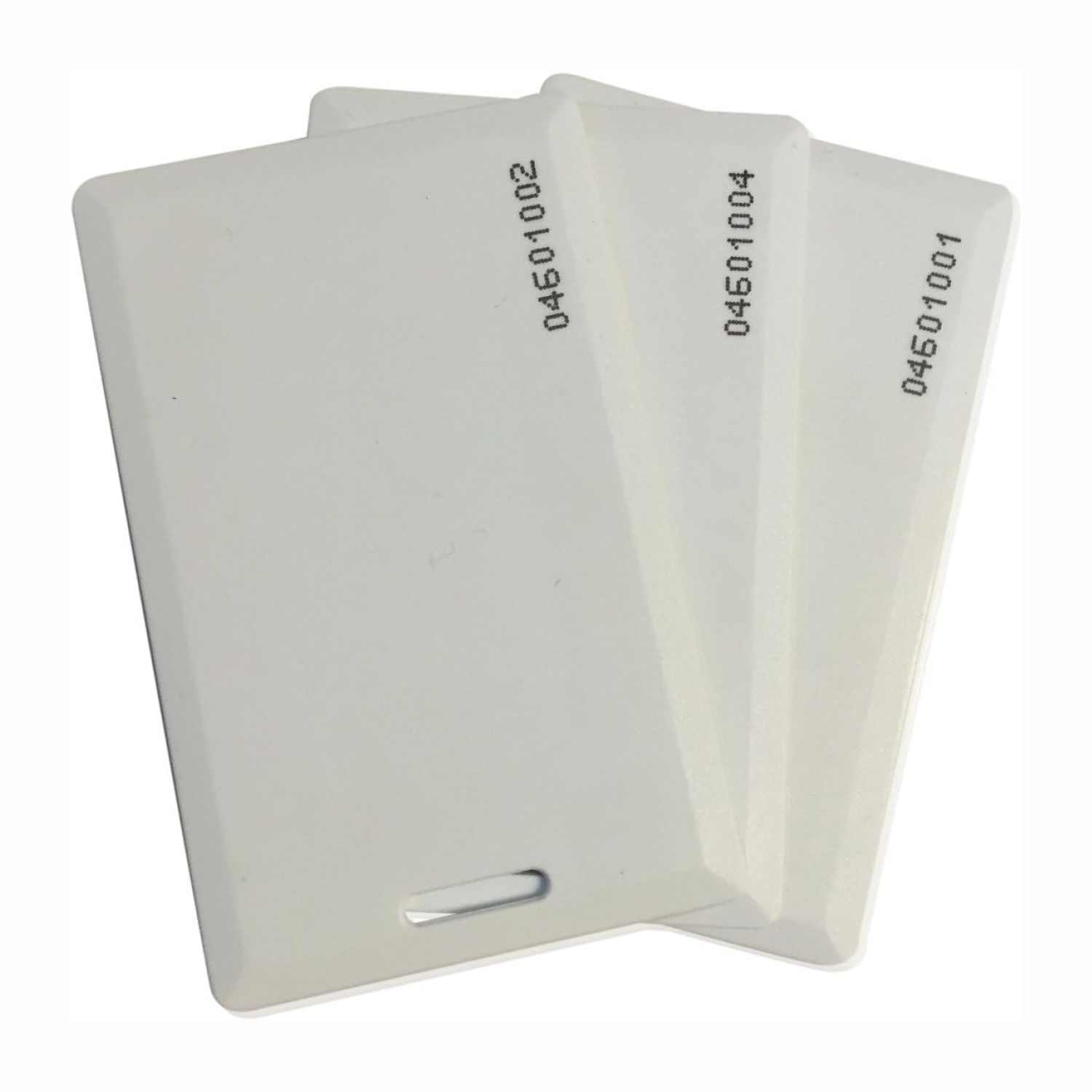
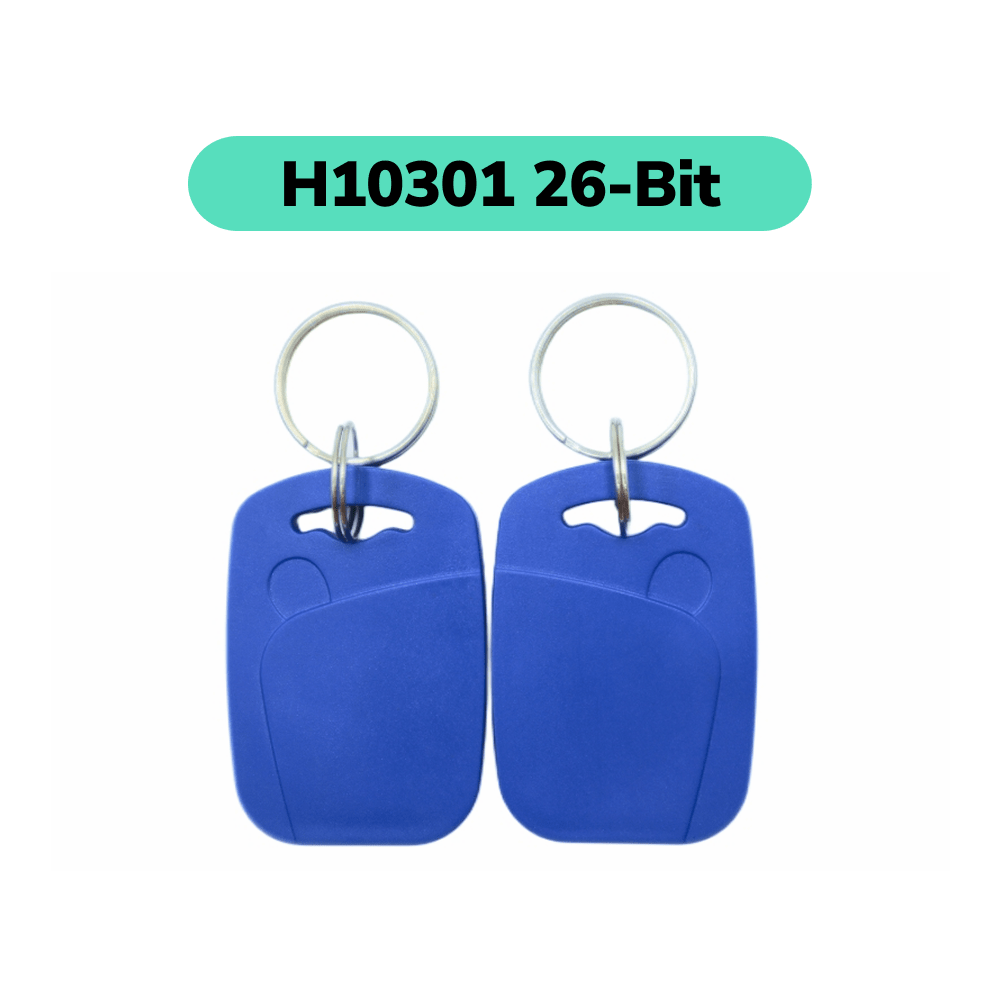
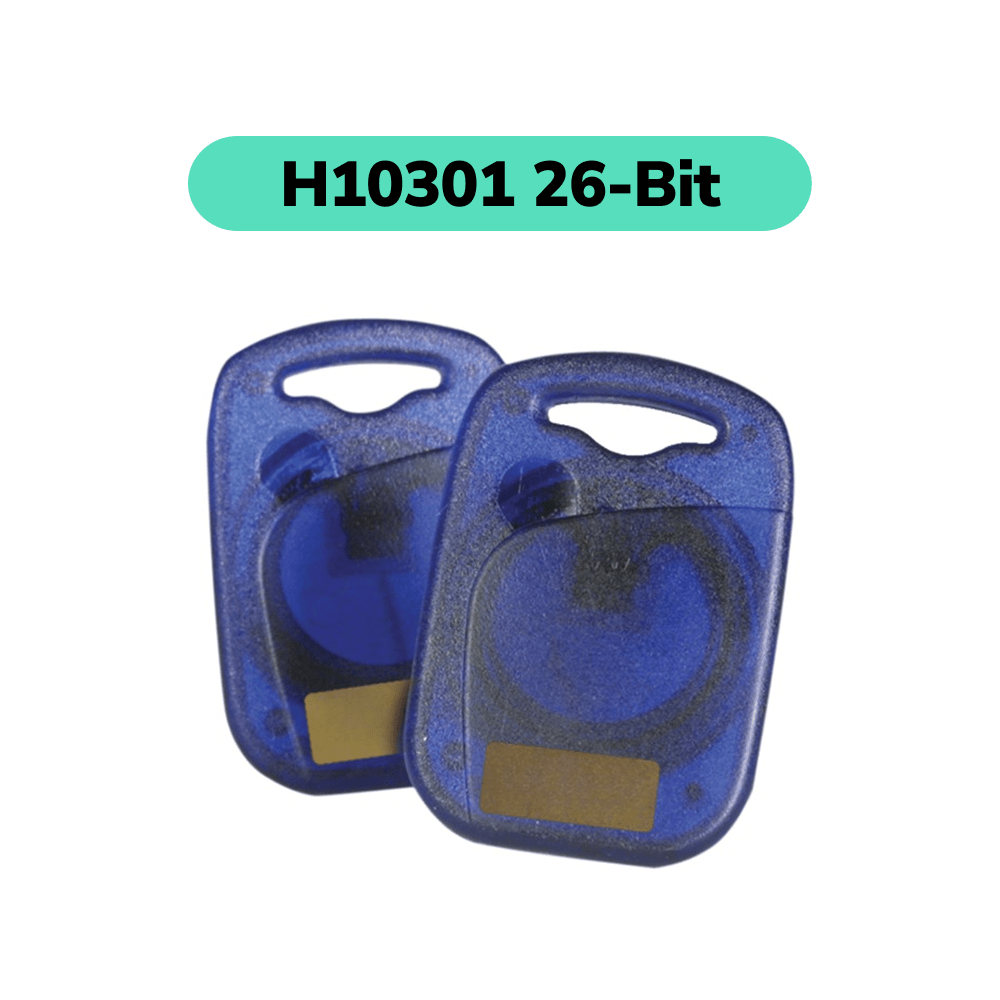
Kartu kedekatan format 26-bit H10301 yang bekerja persis sama dengan HID H10301 ProxCard II.
Pilihan:
- Penomoran kartu eksternal (hanya untuk inkjet)
- Pemotong slot (horizontal atau vertikal)
- Karya seni khusus (teks atau grafik)
Seperti yang diperlukan untuk kartu format 26-bit, Anda perlu menentukan kode fasilitas dan nomor seri awal kartu Anda.
- Kode fasilitas adalah angka yang harus berada antara 1 dan 255.
- Nomor seri awal yang akan diprogram harus berada antara 1 dan 65.453.
Panduan Perbandingan: Jenis Kartu Mana yang Harus Dipilih?
Mifare vs. HID vs. Proximity
Kartu MIFARE
Kartu Proksimitas
Kartu HID (Prox, iCLASS, Seos)
RFID frekuensi tinggi 13,56 MHz, mendukung NFC
RFID frekuensi rendah 125 kHz
125 kHz (Prox), 13,56 MHz (iCLASS/Seos)
Tingkat Lanjut: otentikasi timbal balik, enkripsi (DES/AES)
Dasar: Hanya nomor ID, tanpa enkripsi, mudah dikloning
Prox: Dasar (tidak terenkripsi); iCLASS/Seos: Lanjutan (AES, otentikasi timbal balik)
1–4 KB (MIFARE Classic), hingga 8 KB (DESFire EV2)
24–40 bit (3–5 byte), nomor ID tetap
Prox: 24–40 bit; iCLASS: hingga 32 KB, multi-aplikasi
Baca/tulis, mendukung berbagai aplikasi
Hanya-baca, tidak dapat diperbarui
Prox: Hanya-baca; iCLASS/Seos: Baca/tulis
2–4 inci (5–10 cm)
2–6 inci (5–15 cm), hingga 10 cm (3,9 inci)
Prox: 2–6 inci; iCLASS/Seos: hingga 4 inci (10 cm)
Transportasi, akses aman, penjualan tanpa uang tunai, identitas, loyalitas
Akses dasar pintu/bangunan, waktu & kehadiran
Prox: Akses pintu; iCLASS/Seos: akses aman, biometrik, pembayaran
Ya (DES, 3DES, AES, otentikasi timbal balik)
Tidak
Prox: Tidak; iCLASS/Seos: Ya (AES, otentikasi bersama)
Memerlukan pembaca frekuensi 13,56 MHz
Memerlukan pembaca 125 kHz
Prox: Pembaca 125 kHz; iCLASS/Seos: Pembaca 13,56 MHz
Why Spend a Lot on Premier Brand Cards?
When Save 60% on Your Budget
FREE Shipping included. Everything On Us!

